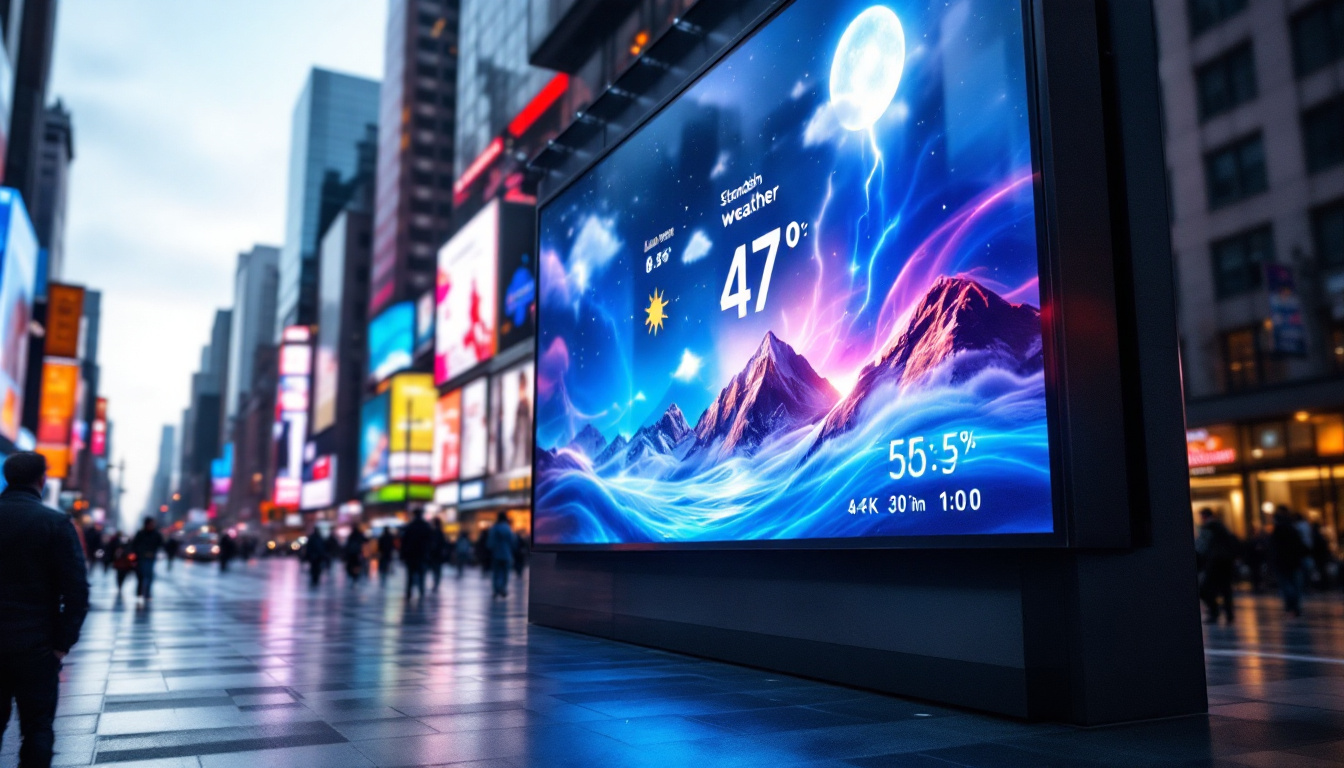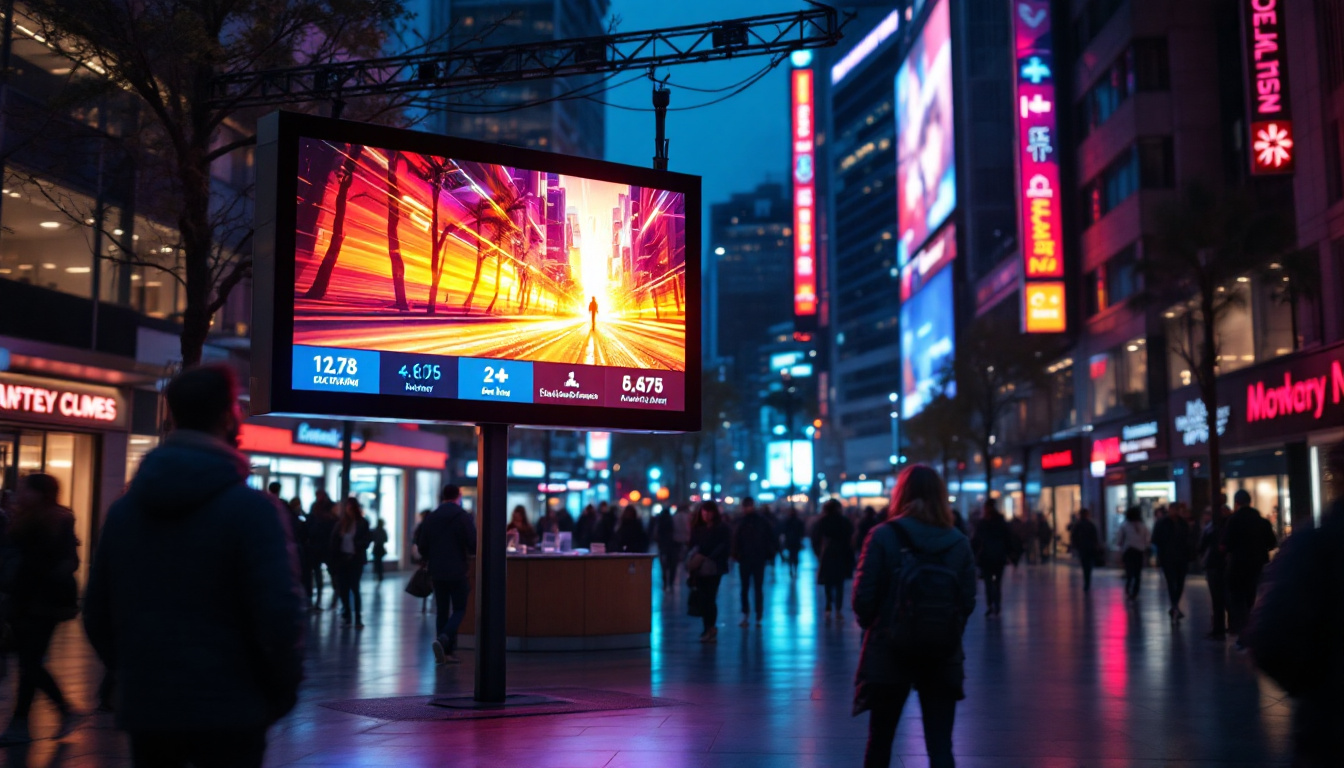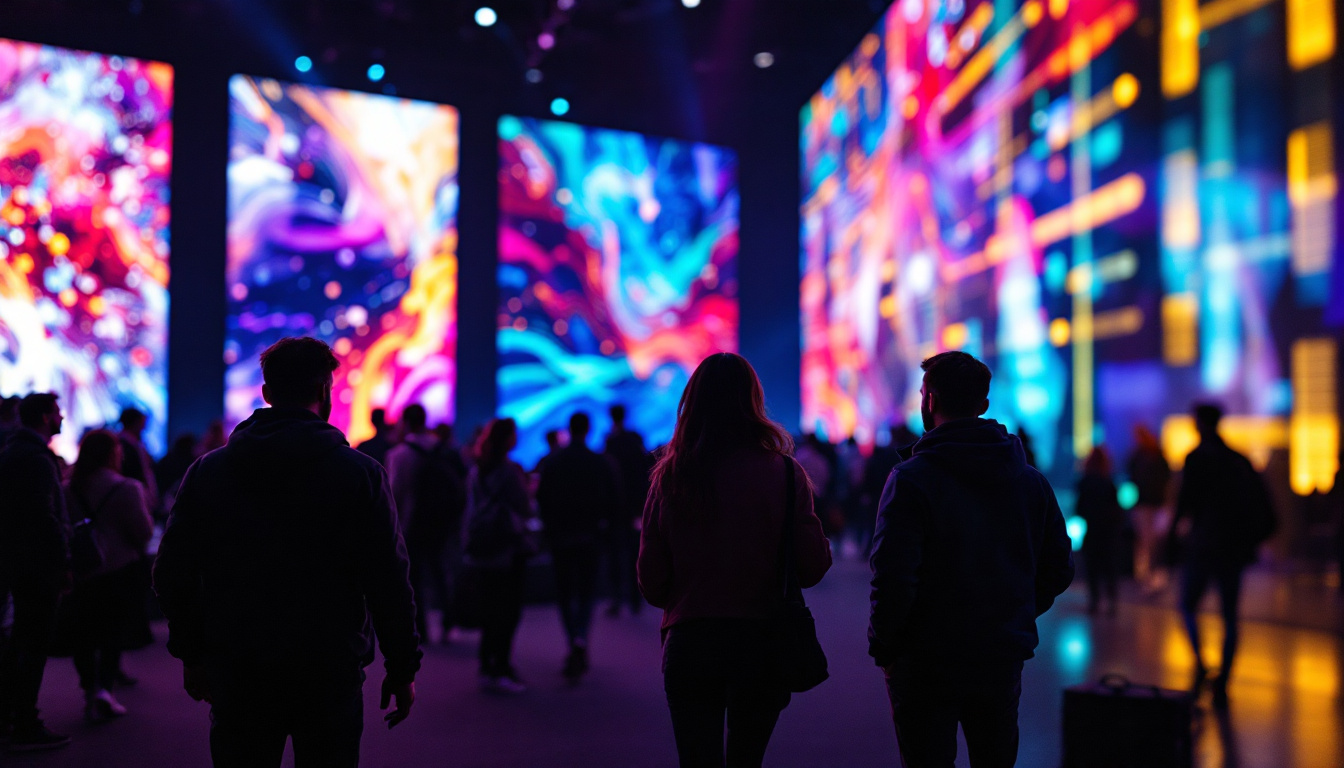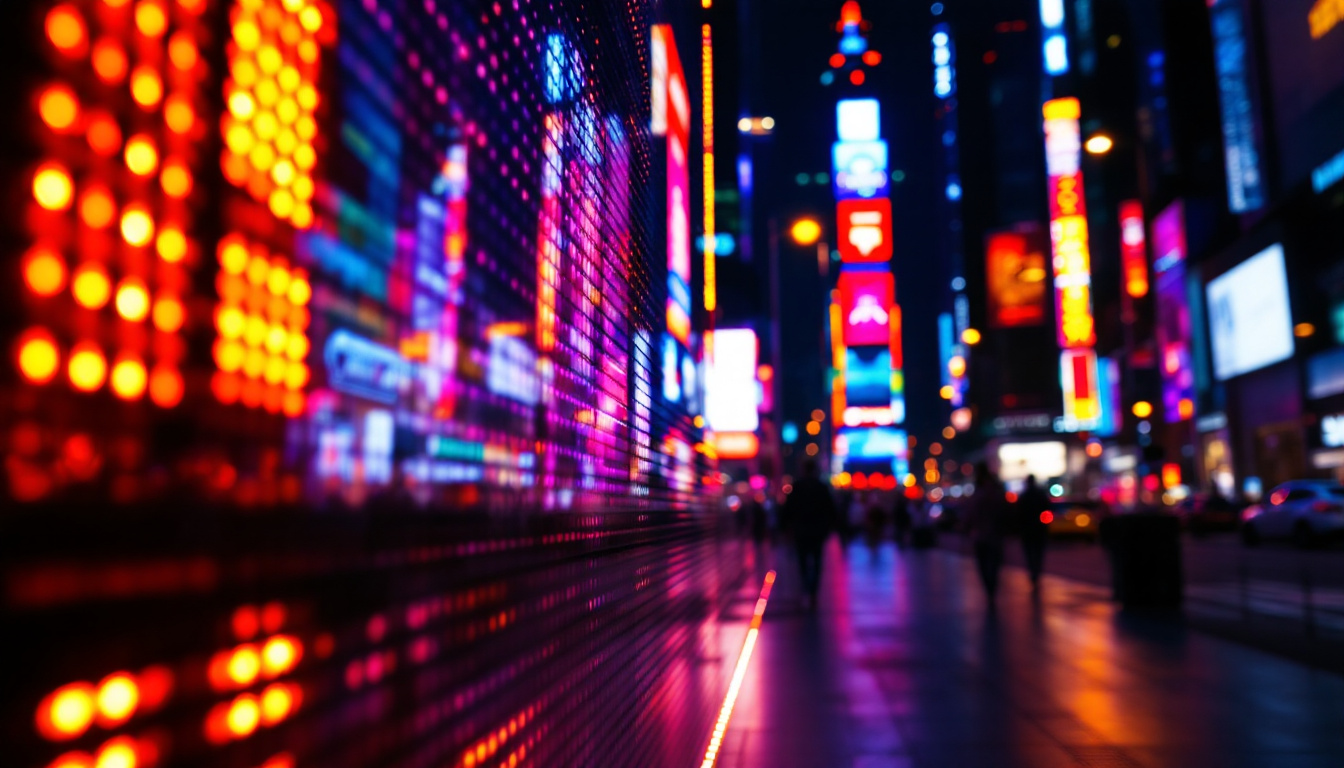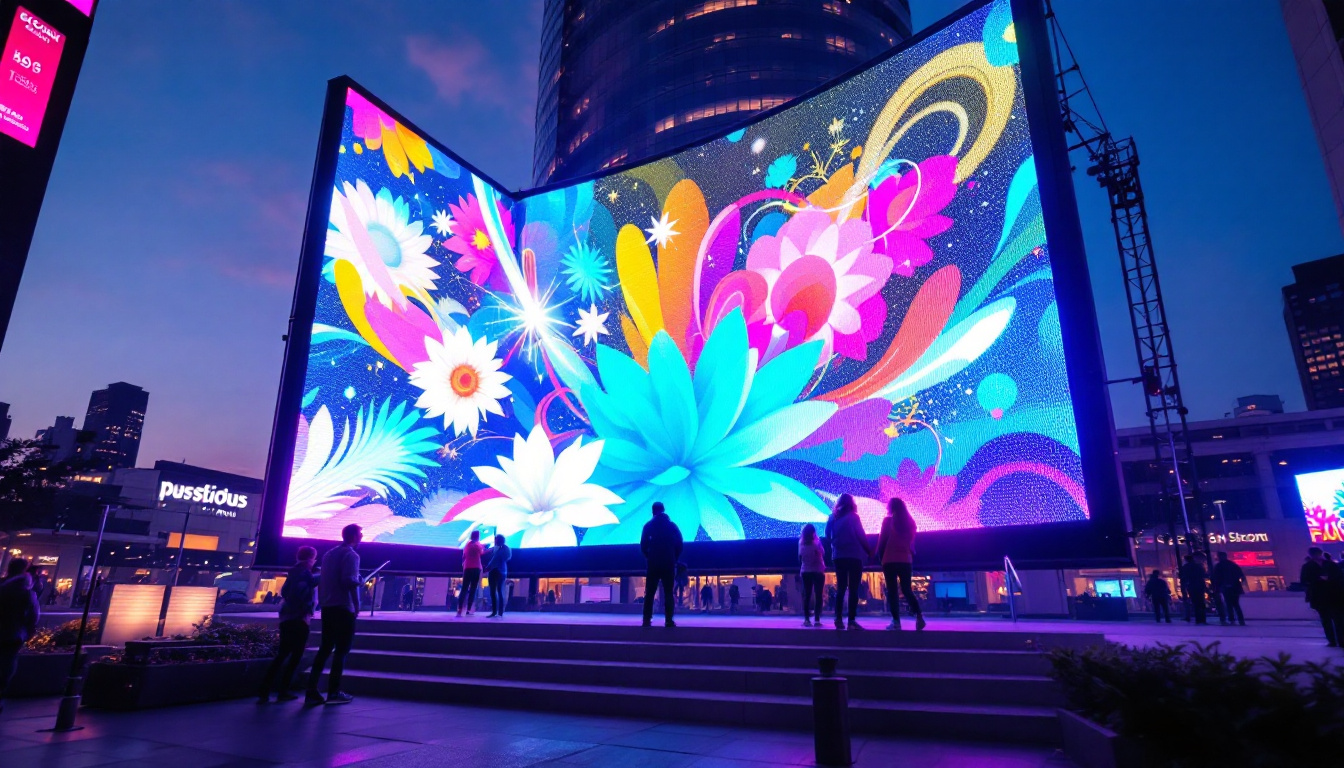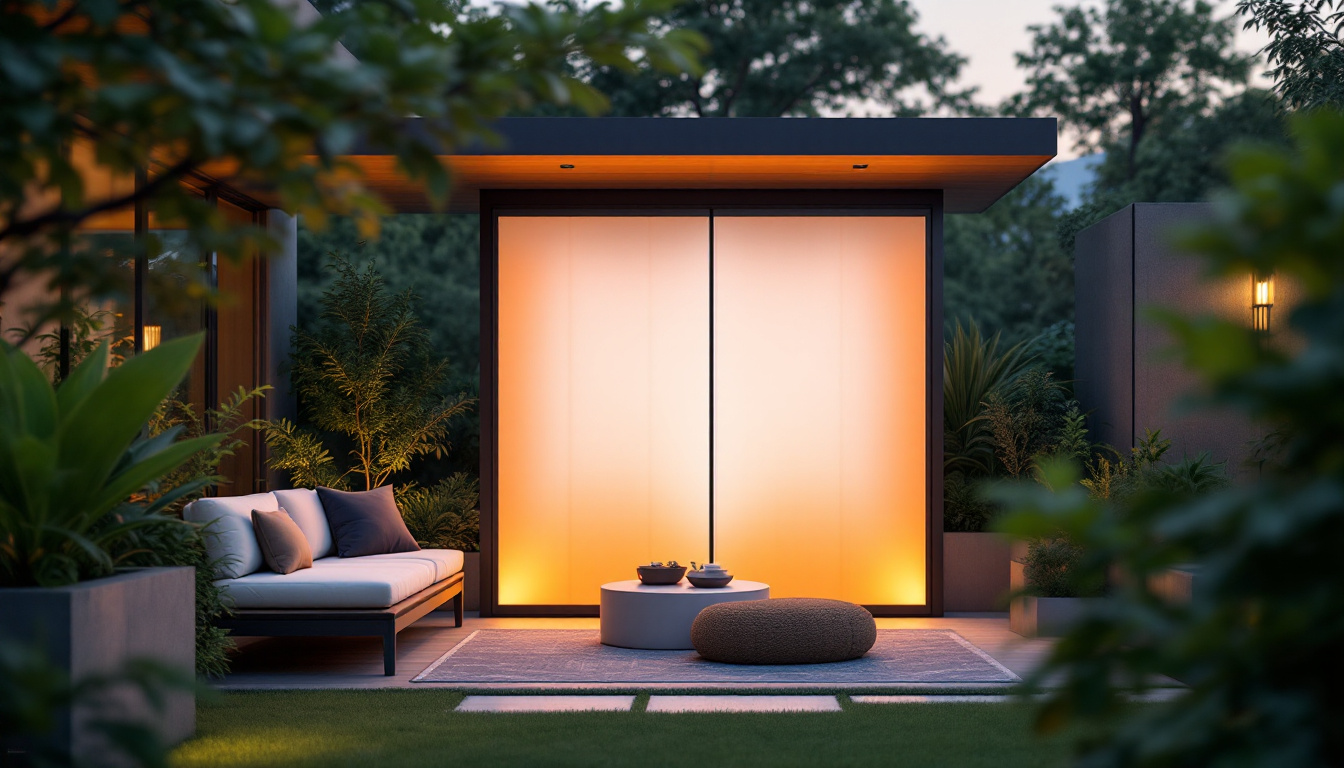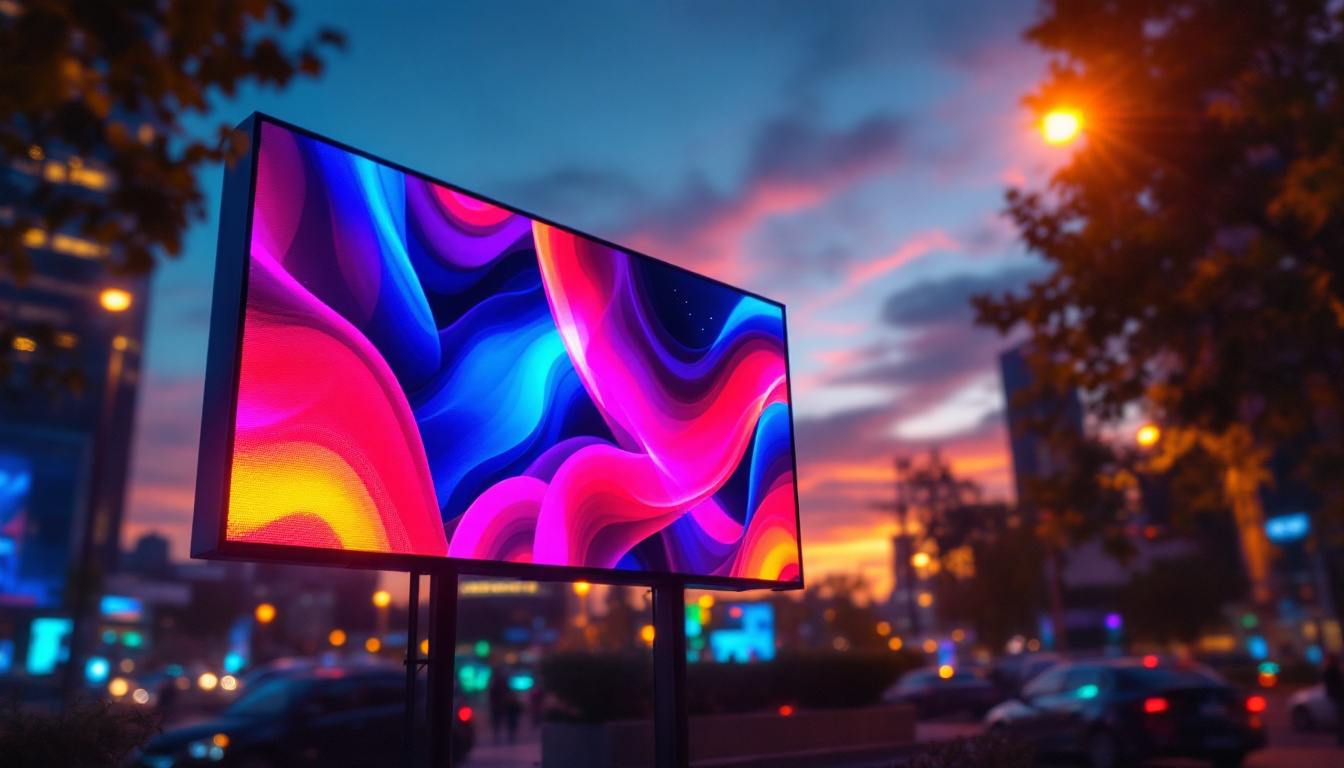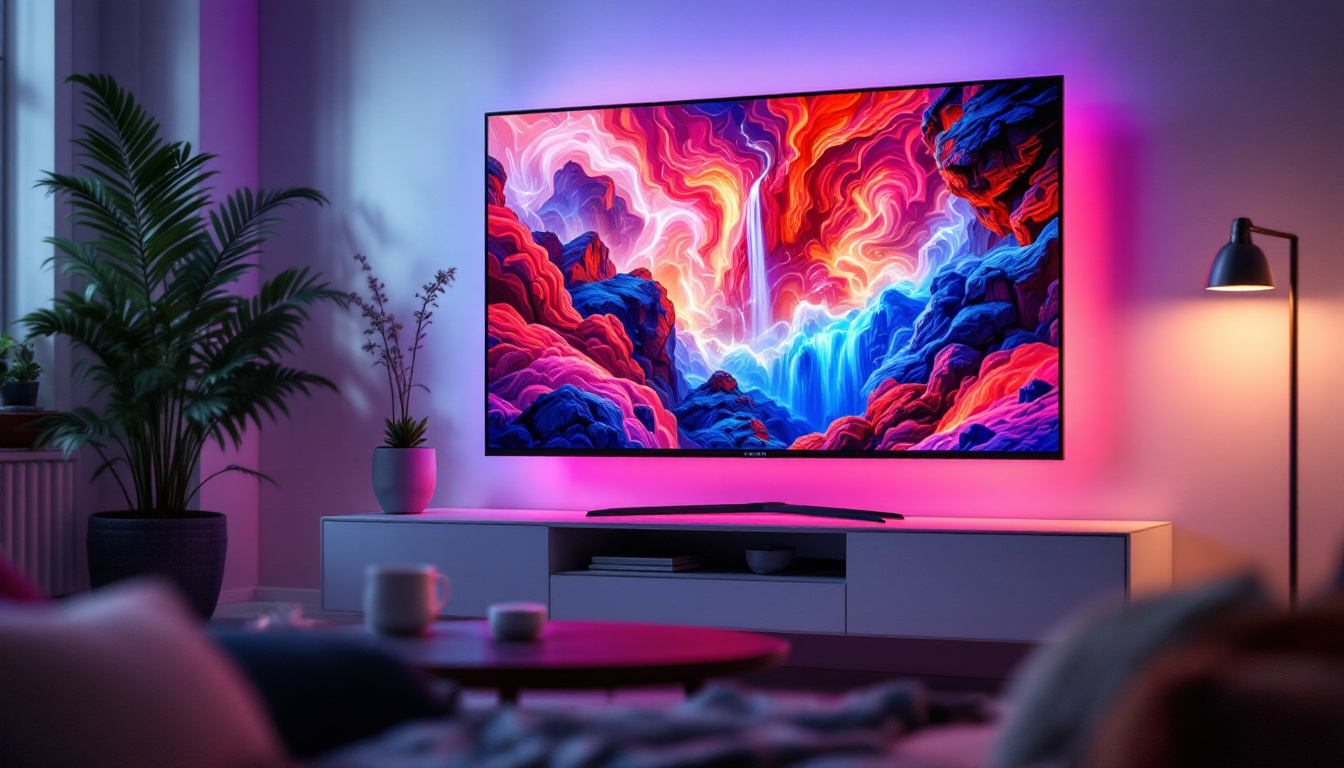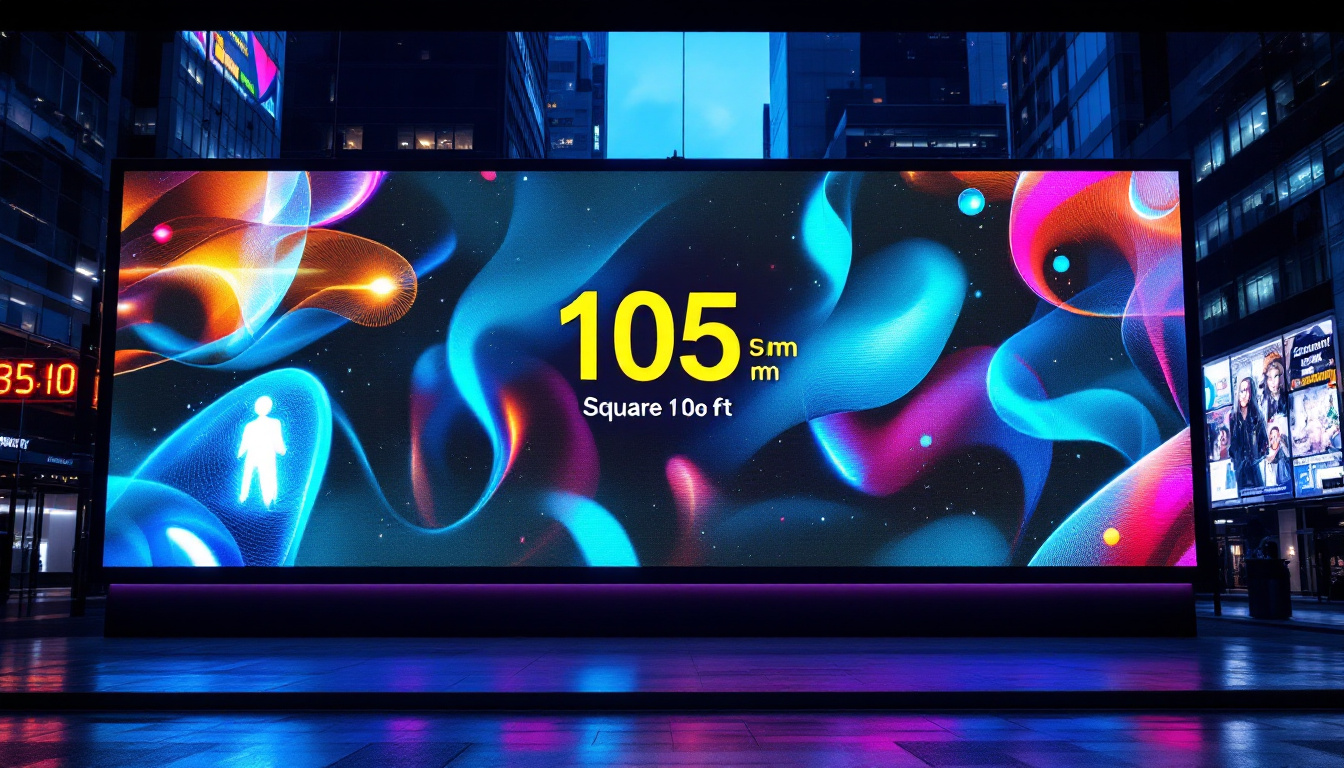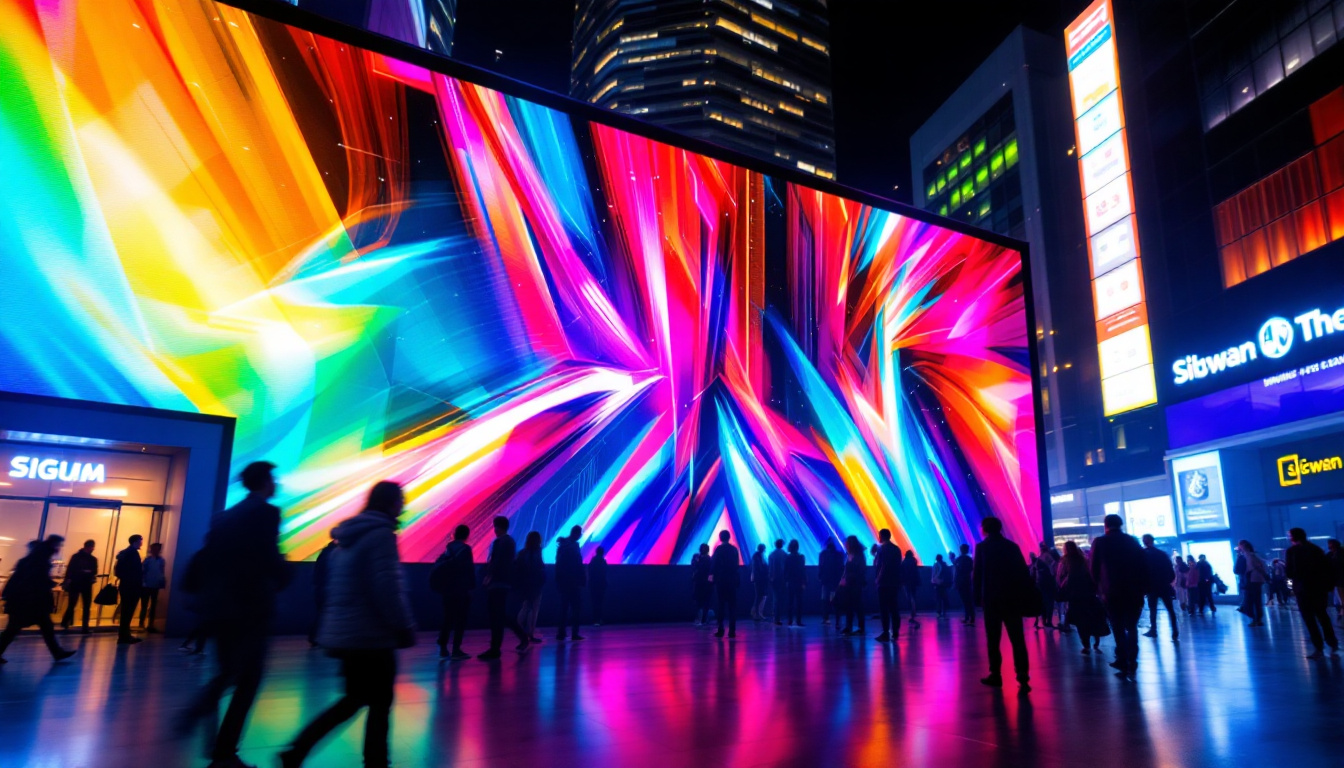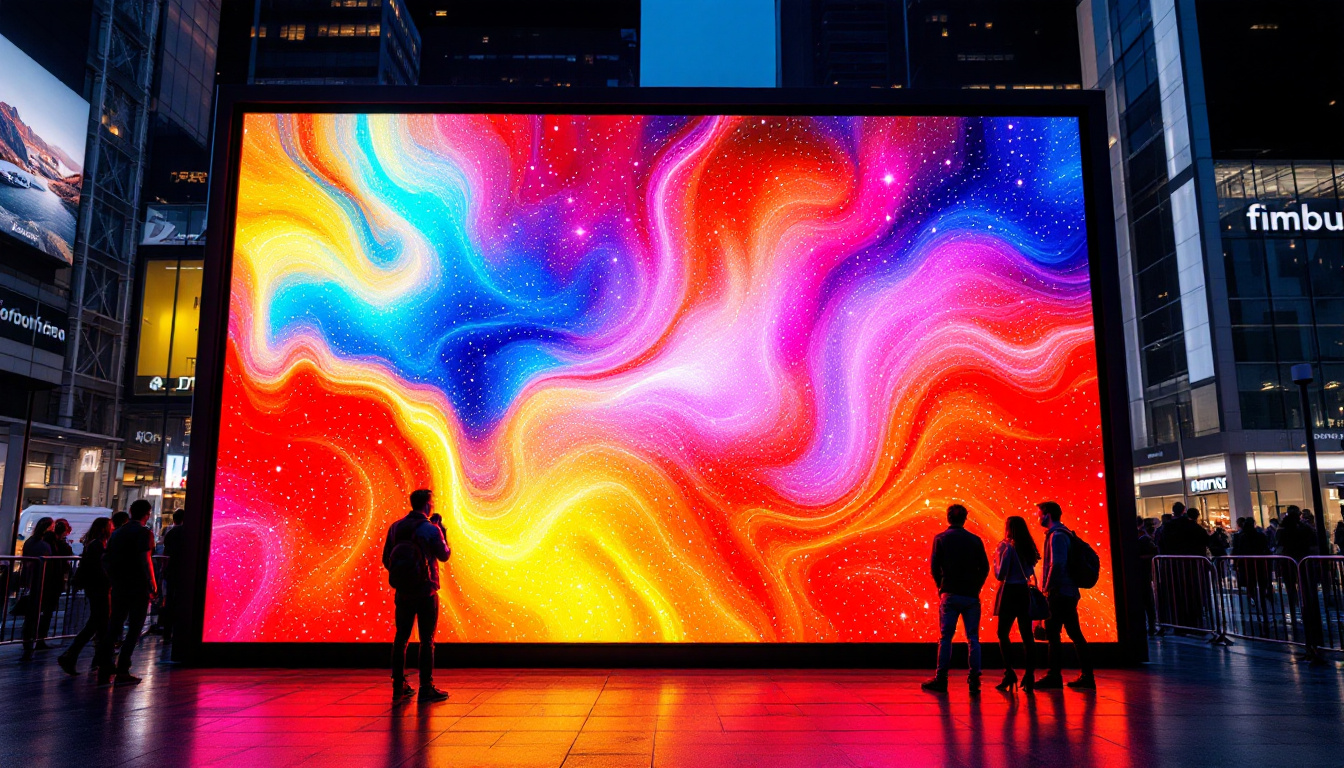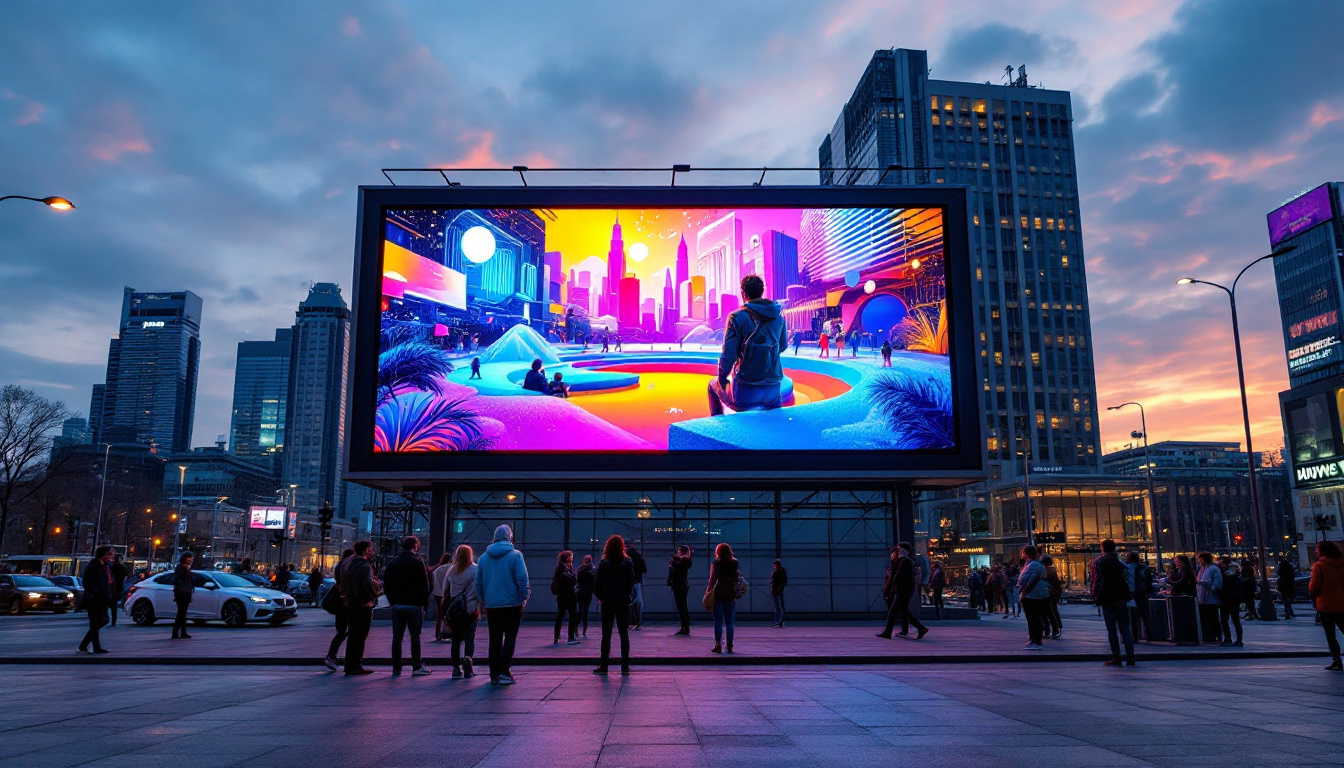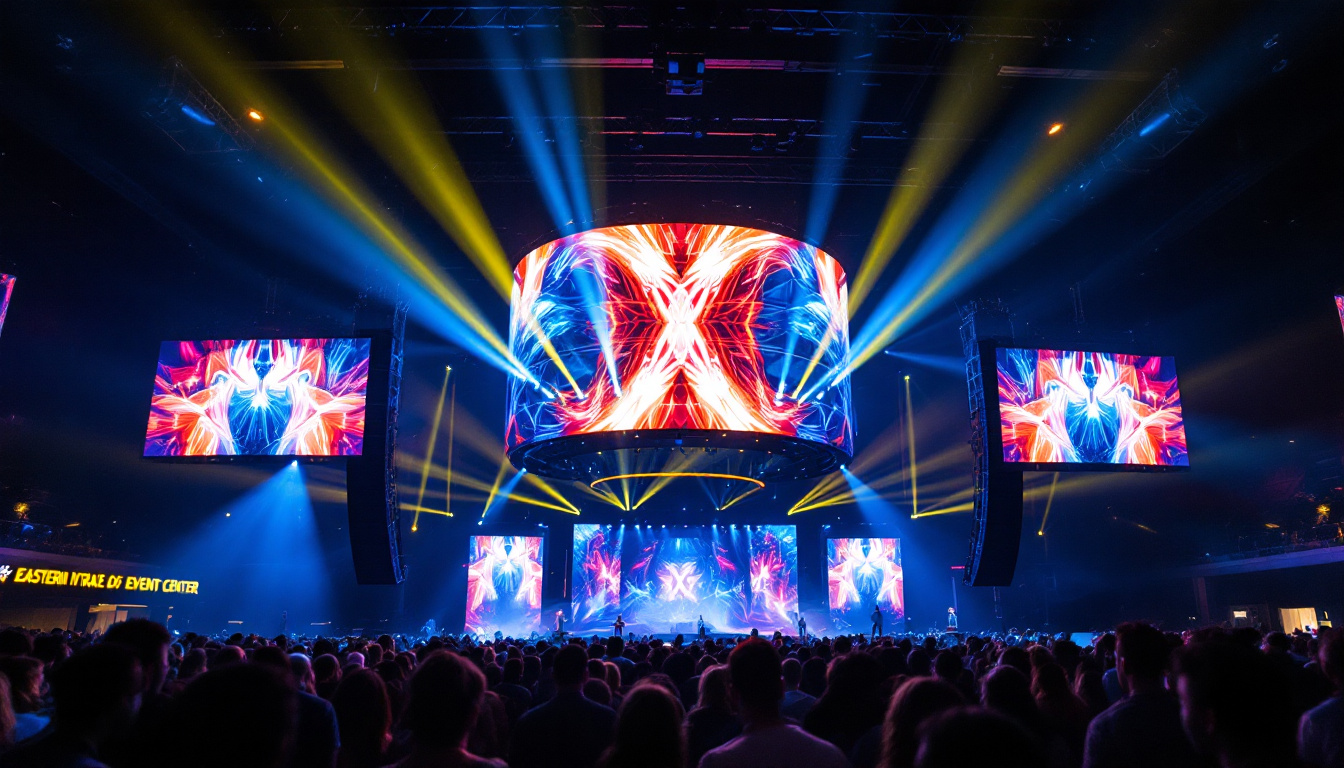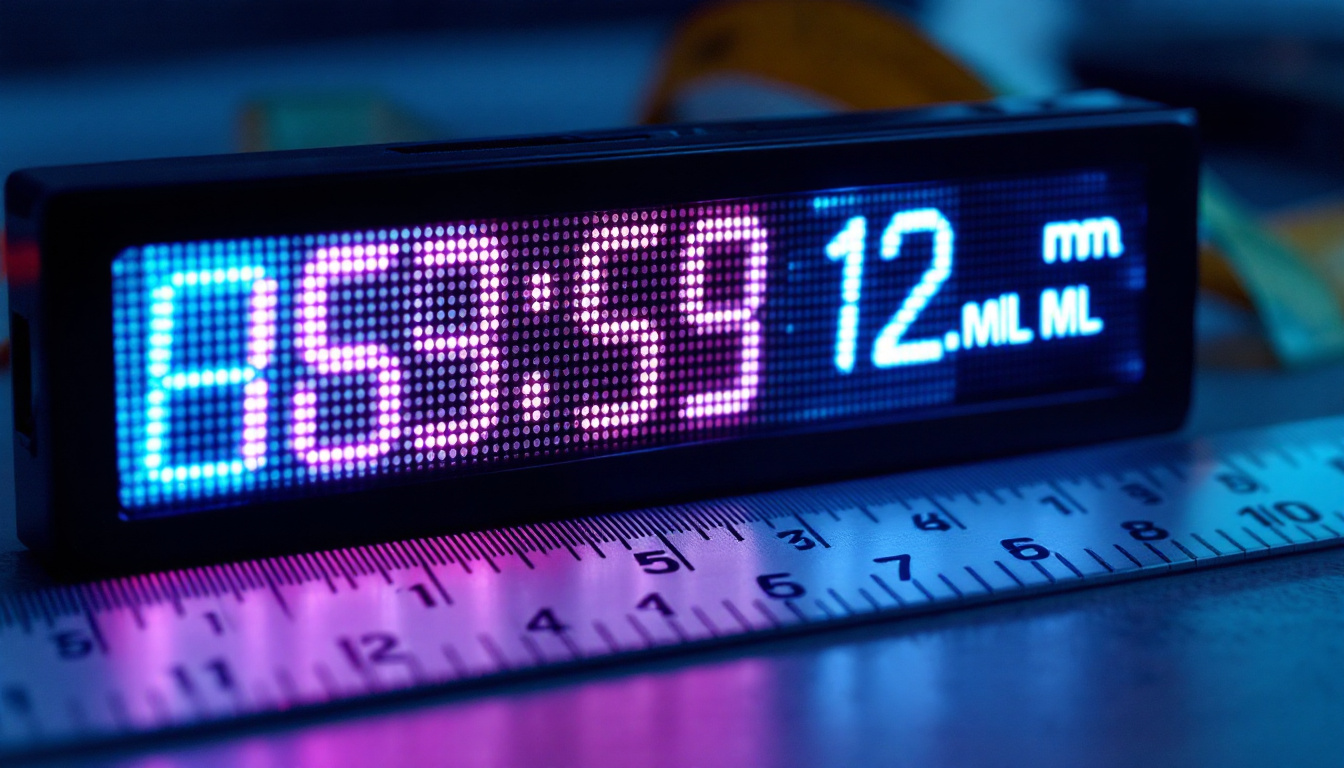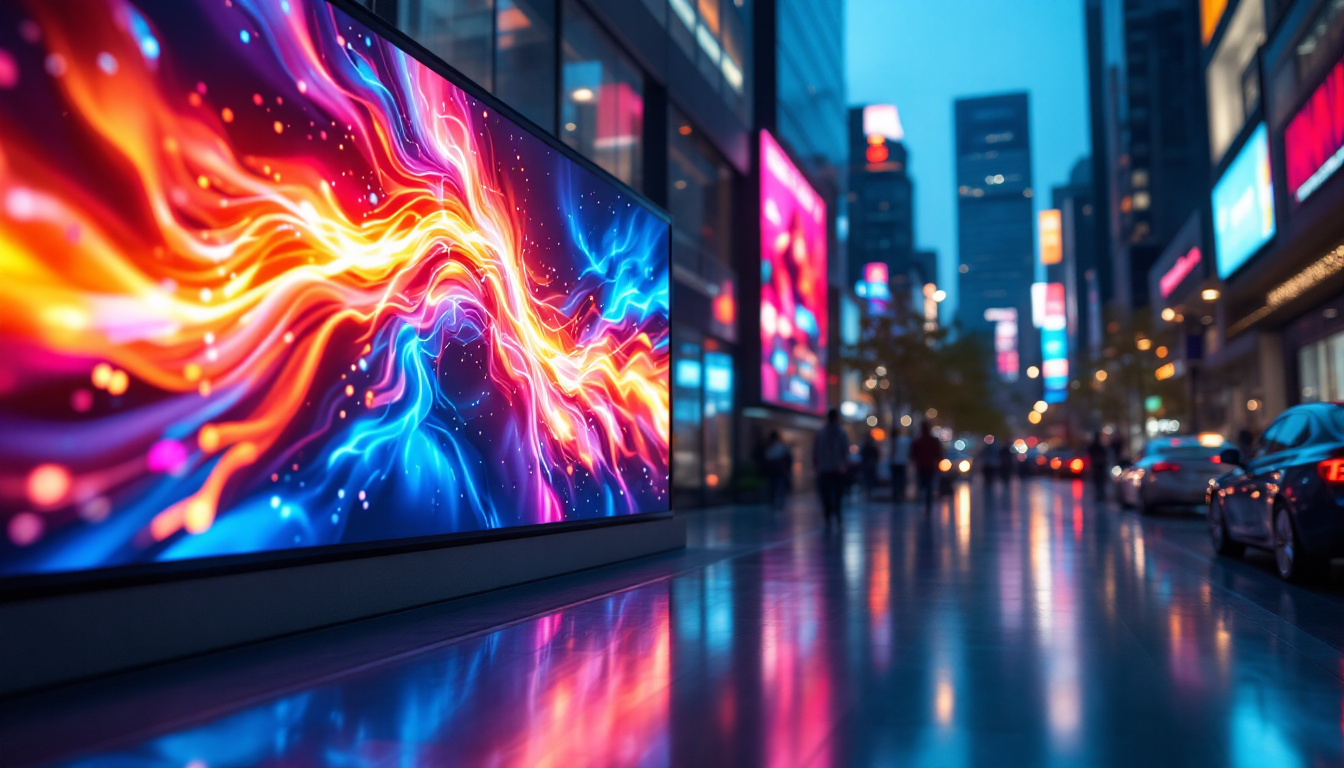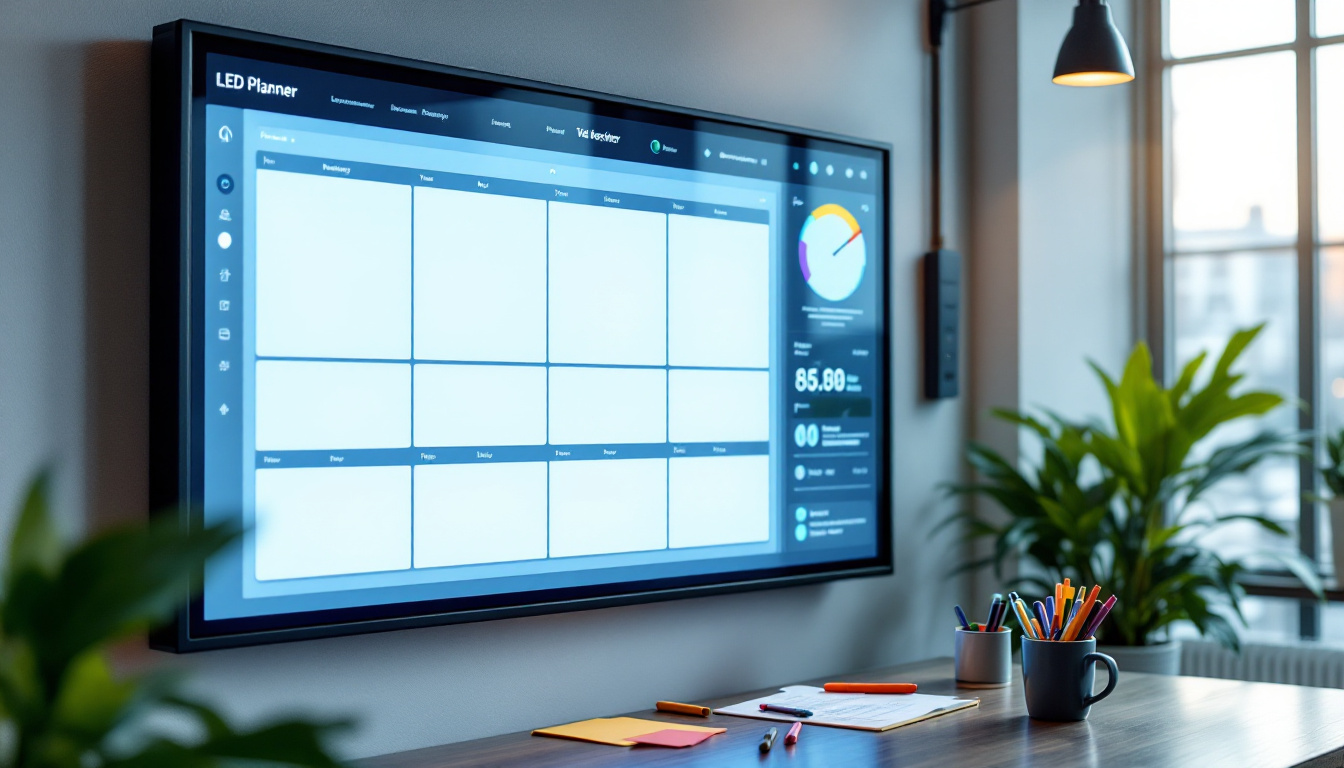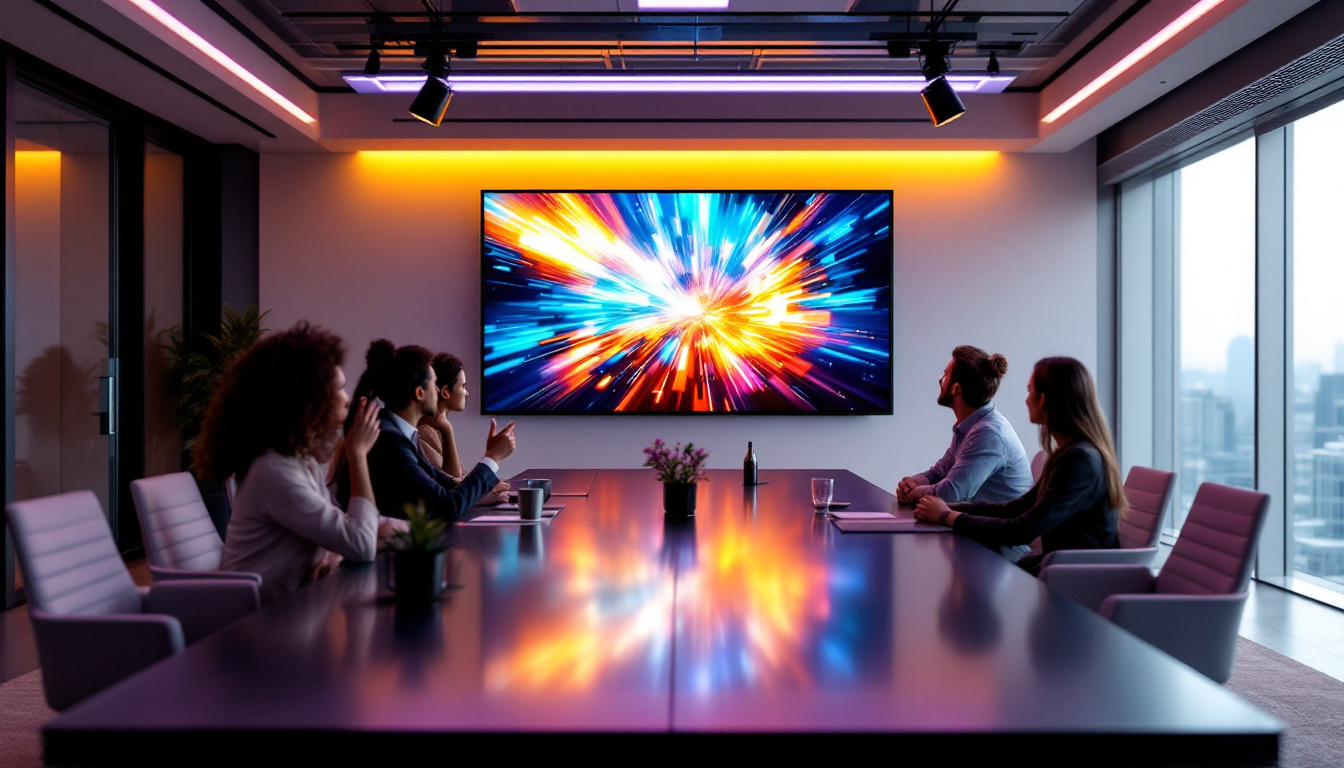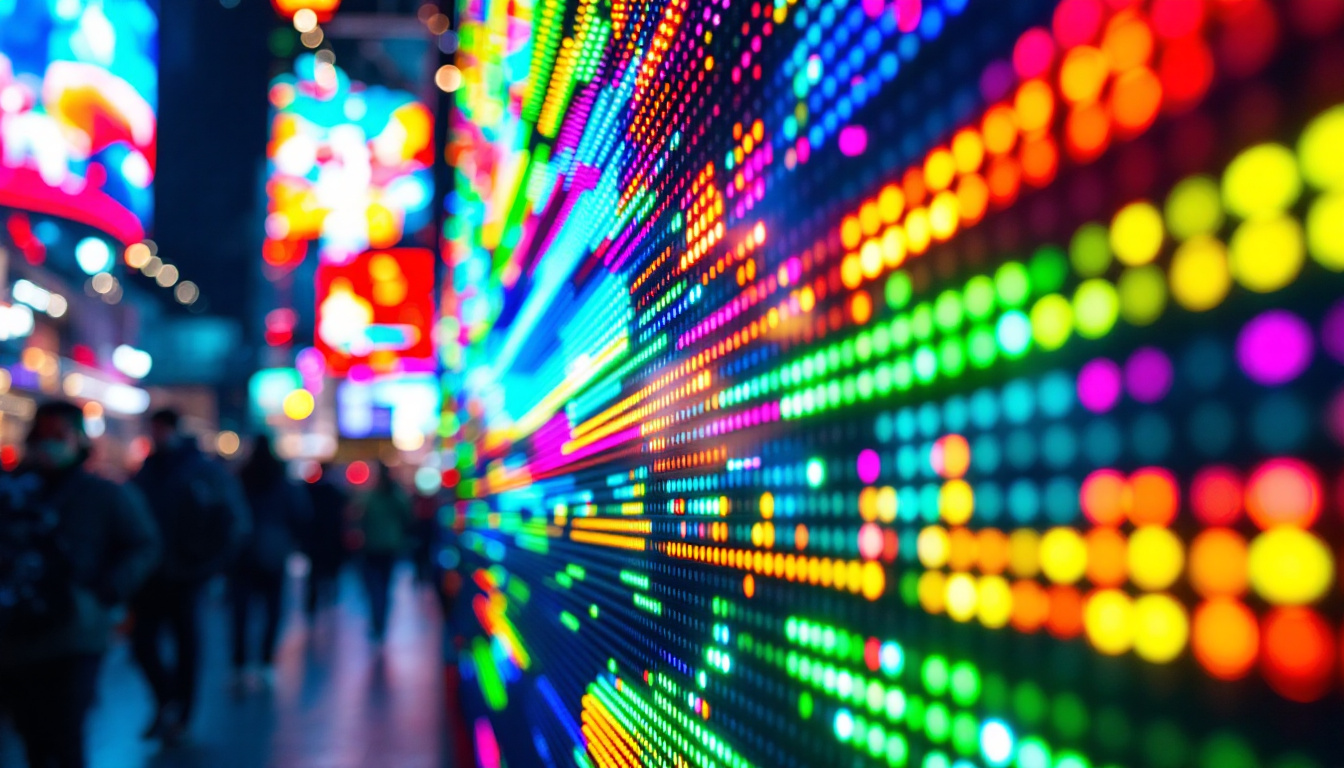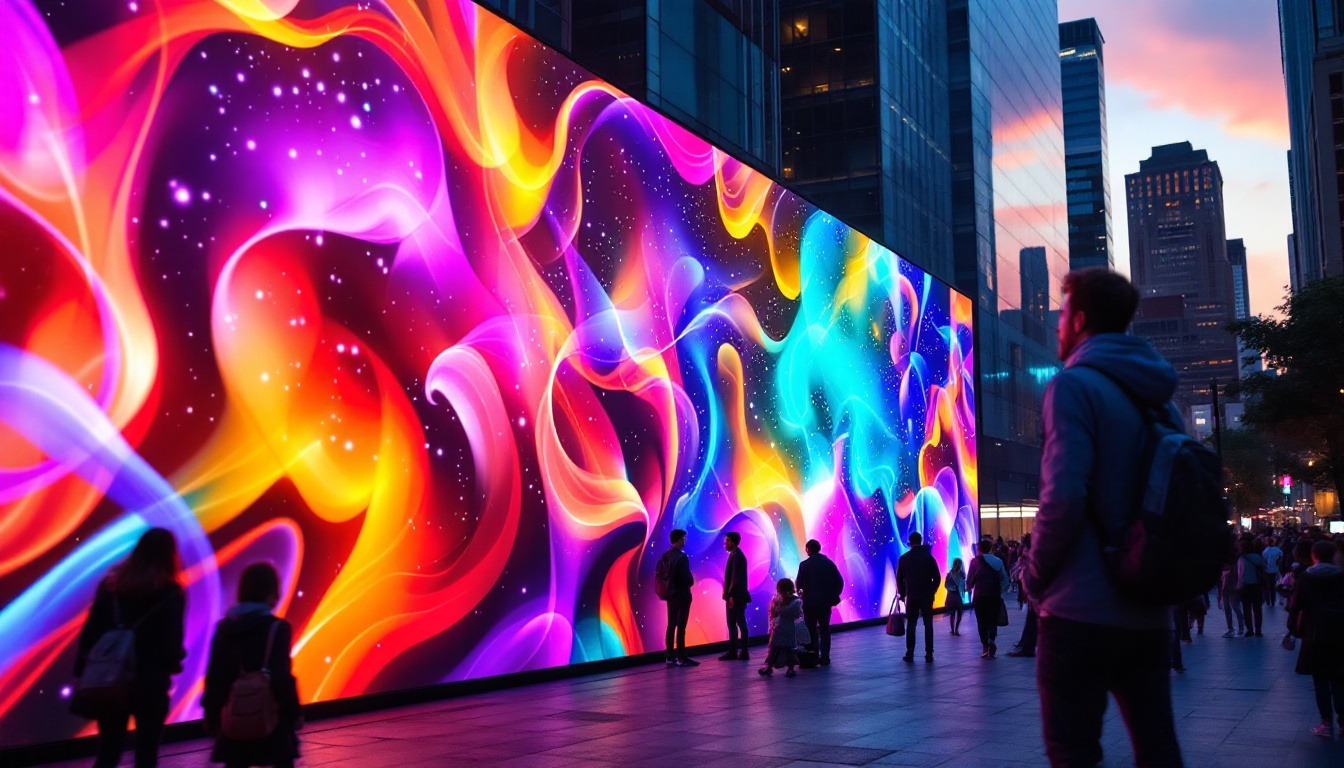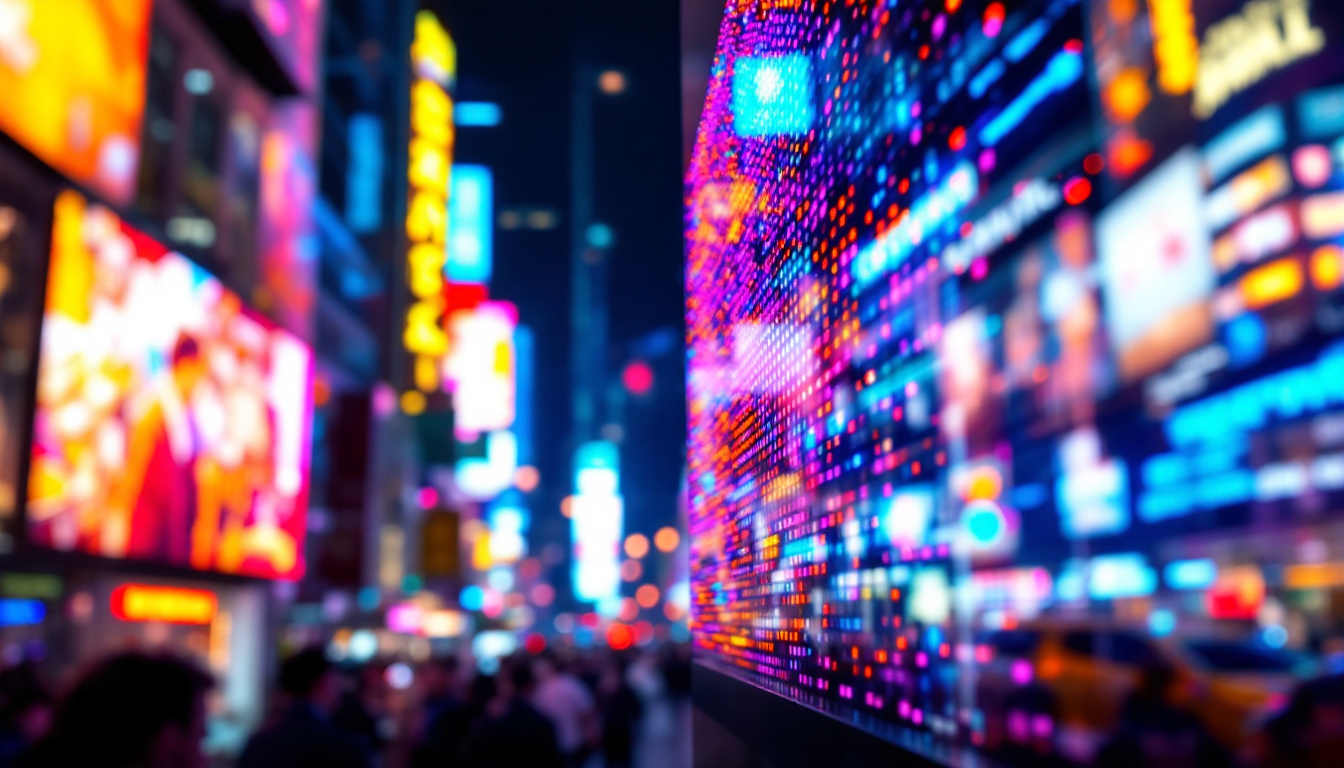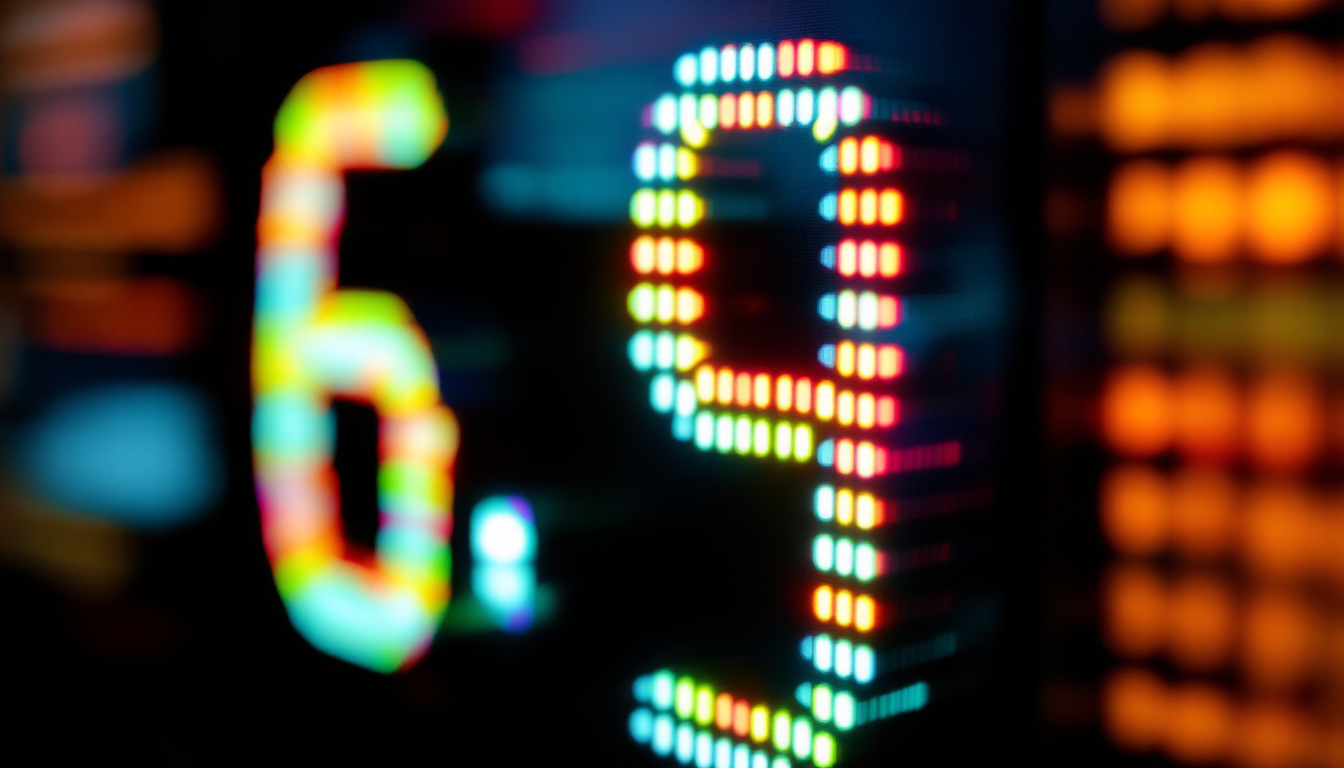The weather in Standish, a small town known for its picturesque landscapes and vibrant community, can be quite unpredictable. To help residents and visitors stay informed, LED displays have become an essential tool for disseminating real-time weather information. This article delves into the significance of LED displays in Standish, exploring their functionality, advantages, and the technology behind them.
Understanding LED Displays
LED displays, or Light Emitting Diode displays, are electronic devices that utilize LEDs to present visual information. These displays are widely used in various applications, from advertising to public information systems. In the context of weather reporting, they serve as a dynamic medium for delivering timely updates to the community. The versatility of LED technology allows for a range of applications, making it an essential tool for enhancing public awareness and engagement with real-time data.
How LED Displays Work
At the core of an LED display is a matrix of tiny light-emitting diodes. Each diode can emit light in different colors, allowing for the creation of vibrant images and text. When it comes to weather displays, these LEDs can change rapidly, providing up-to-date information on temperature, precipitation, and other weather conditions. This rapid response is crucial during severe weather events, where timely information can significantly impact public safety.
The technology behind these displays is relatively straightforward. A microcontroller processes the incoming weather data, which is then translated into visual signals that control the LEDs. This ensures that the information is not only accurate but also visually appealing and easy to read. Additionally, many modern LED displays incorporate sensors that can detect ambient light levels, automatically adjusting brightness for optimal visibility in various lighting conditions.
Types of LED Displays
There are several types of LED displays used for weather reporting, each with its own unique features. The most common types include:
- Monochrome Displays: These displays typically show information in a single color, often red or green. They are cost-effective and suitable for basic weather updates.
- Full-Color Displays: These are more advanced and can display a wide range of colors. They are ideal for showing detailed weather graphics, such as radar images or animated forecasts.
- Digital Billboards: Often found in high-traffic areas, these large displays can be used for both advertising and weather updates, providing a dual-purpose solution.
In addition to these common types, there are also specialized LED displays designed for specific environments. For instance, outdoor LED displays are built to withstand harsh weather conditions, featuring waterproof casings and enhanced durability. Conversely, indoor LED displays are often used in shopping malls or airports, where they can provide real-time weather updates alongside other important information. The adaptability of LED technology allows it to meet the diverse needs of different settings, ensuring that critical weather information is always accessible to the public.
The Importance of Weather LED Displays in Standish
In Standish, where weather conditions can change rapidly, having access to real-time weather information is crucial. LED displays play a vital role in ensuring that residents are informed about impending weather changes, which can affect daily activities and safety.
Enhancing Public Safety
One of the primary benefits of weather LED displays is their contribution to public safety. During severe weather events, such as storms or heavy snowfall, these displays can provide critical information about warnings and advisories. For instance, they can alert residents to seek shelter or avoid certain areas prone to flooding.
Moreover, timely updates can help individuals make informed decisions about travel and outdoor activities. By displaying current weather conditions, these displays empower the community to stay safe and prepared. In addition to immediate alerts, the displays can also provide forecasts for the upcoming days, allowing residents to plan their week with a better understanding of what to expect. This feature is particularly beneficial for farmers and outdoor workers who rely heavily on accurate weather predictions to schedule their activities effectively.
Promoting Community Engagement
Weather LED displays also foster a sense of community engagement. By providing localized weather information, they encourage residents to participate in community activities and events. For example, knowing the forecast can help families plan outdoor gatherings or local festivals without the worry of unexpected rain or extreme temperatures.
Additionally, these displays can serve as a platform for local businesses to share promotions or events, further enhancing community interaction. They can highlight upcoming markets, fairs, or charity events, drawing in foot traffic and encouraging residents to support local enterprises. Furthermore, by displaying messages from community leaders or organizations, these LED displays can help cultivate a sense of belonging and encourage civic pride, reminding residents of the importance of staying connected and involved in their community’s happenings.
Technological Advancements in LED Displays
As technology continues to evolve, so do the capabilities of LED displays. Recent advancements have led to more efficient, brighter, and longer-lasting displays, which are particularly beneficial for weather reporting.
Energy Efficiency
Modern LED displays are designed to be energy-efficient, consuming significantly less power than traditional display technologies. This is particularly important for municipalities like Standish, where budget constraints often limit public spending. Energy-efficient displays not only reduce operational costs but also contribute to environmental sustainability. By utilizing advanced materials and designs, these displays can achieve higher luminosity without a proportional increase in energy consumption, making them an ideal choice for public installations that require constant visibility.
Smart Technology Integration
The integration of smart technology has transformed how LED displays operate. Many modern displays can connect to the internet, allowing for real-time updates from weather services. This connectivity ensures that the information displayed is always current and accurate. Additionally, the ability to integrate with mobile applications means that users can receive notifications about severe weather alerts directly to their devices, enhancing public safety and awareness.
Furthermore, some LED displays are equipped with sensors that can monitor local weather conditions, providing an additional layer of data that can enhance the accuracy of the information presented. These sensors can detect changes in temperature, humidity, and atmospheric pressure, allowing for hyper-localized weather reporting. This capability not only aids in delivering timely updates but also fosters community engagement, as residents can see real-time data that directly affects their daily lives. As these technologies continue to advance, the potential for interactive displays that engage the public in weather preparedness and education becomes increasingly feasible.
Challenges and Considerations
While LED displays offer numerous advantages, there are also challenges and considerations that must be addressed. Understanding these factors is essential for effective implementation and maintenance.
Initial Costs and Maintenance
The initial investment for LED displays can be significant, particularly for high-quality, full-color models. Municipalities must weigh the benefits against the costs, considering long-term savings in energy and maintenance. Regular maintenance is also crucial to ensure that the displays function correctly and continue to provide accurate information. This includes routine checks for pixel failures, software updates, and cleaning to prevent dust accumulation, which can diminish visibility. Additionally, the lifespan of LED technology is generally longer than traditional displays, which can offset initial costs over time, making it a more sustainable choice in the long run.
Visibility and Location
Another challenge is ensuring that LED displays are placed in optimal locations for visibility. Factors such as lighting conditions, distance from the road, and surrounding structures can all impact how easily the information can be read by passersby. Strategic placement is essential to maximize the effectiveness of these displays. For instance, displays should ideally be positioned at eye level and angled to reduce glare from the sun, enhancing readability during daylight hours. Moreover, local regulations regarding signage and digital displays must be taken into account, as they can dictate where and how these displays can be installed. Understanding the traffic patterns and peak viewing times can also inform decisions on placement, ensuring that the intended audience receives the information as effectively as possible.
Future of Weather LED Displays in Standish
The future of weather LED displays in Standish looks promising, with ongoing advancements in technology and increasing community reliance on real-time information. As weather patterns become more unpredictable due to climate change, the need for accurate and timely weather reporting will only grow.
Potential Innovations
Future innovations may include enhanced interactivity, allowing users to engage with the displays through mobile apps or QR codes. This could enable residents to receive personalized weather updates based on their specific locations within Standish.
Additionally, integrating augmented reality (AR) features could provide a more immersive experience, allowing users to visualize weather patterns and forecasts in real-time.
Community Involvement in Implementation
As the community of Standish continues to evolve, involving residents in the decision-making process regarding LED displays will be crucial. Public forums and surveys can help gauge community needs and preferences, ensuring that the displays serve their intended purpose effectively.
Moreover, partnerships with local businesses and organizations can enhance the functionality of these displays, creating a more interconnected community resource.
Conclusion
LED displays have become an integral part of the weather reporting landscape in Standish. Their ability to provide real-time, accurate information enhances public safety, fosters community engagement, and promotes informed decision-making. As technology continues to advance, the potential for these displays will only grow, making them an invaluable asset for residents and visitors alike.
By understanding the importance of LED displays and the challenges they face, the community can work together to ensure that Standish remains a safe and informed place to live, regardless of the weather.
Discover LumenMatrix LED Display Solutions
As Standish continues to embrace the dynamic capabilities of LED technology for weather reporting and community information, LumenMatrix stands at the forefront of this digital revolution. With a comprehensive range of LED display solutions tailored to meet the diverse needs of any setting, LumenMatrix is committed to enhancing public engagement and safety through superior visual communication. From robust Outdoor LED Wall Displays that weather the elements to Interactive Floor LED Displays that captivate and inform, our offerings are designed to deliver reliability and impact. Check out LumenMatrix LED Display Solutions today and see how we can transform your visual messaging and community alerts into immersive experiences.

